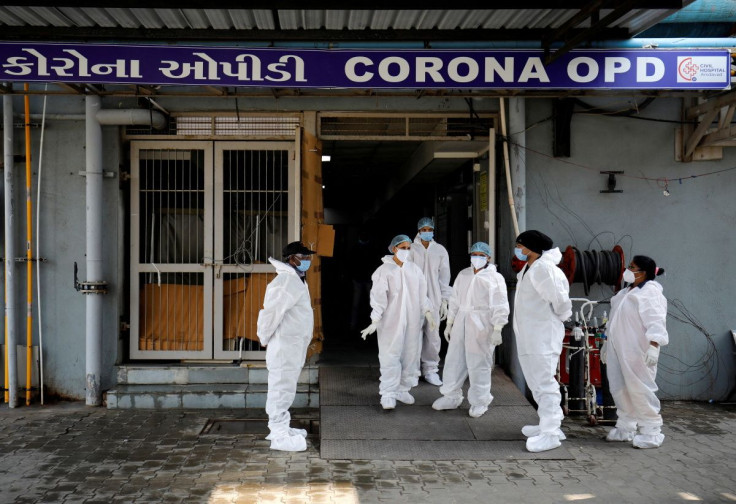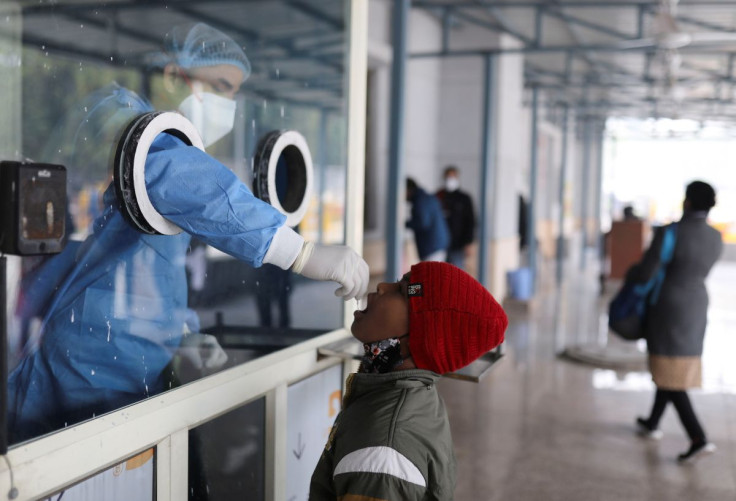New Highly Infectious Virus Causing Blisters Spreads In India: What Is 'Tomato Flu'?

KEY POINTS
- More than 100 people in two Indian states have been infected with the so-called "tomato flu" as of July 26
- The disease is not considered lethal but can cause blisters, rashes and other symptoms of similar viral infections
- No drug exists to treat it, but it is possible to provide relief against its symptoms
A new contagious virus has infected more than 100 people in India since it was first identified several months ago, according to researchers.
More than 82 children below the age of 5 in the southern Indian state of Kerala have been infected with the so-called "tomato flu" as of July 26, researchers said in a correspondence published in the health journal The Lancet on Aug. 17.
The virus, which was first identified in Kerala on May 6, has also infected 26 children between the ages of 1 and 9 in the eastern Indian state of Odisha.
In response to the growing number of tomato flu cases, India's health ministry has issued testing and prevention guidelines to states, Bloomberg reported.
The Kerala Health Department is supposedly taking precautionary measures to monitor the spread of the infection and prevent its spread in other parts of India.
"It is mandatory to follow careful isolation of confirmed or suspected cases and other precautionary steps to prevent the outbreak of the tomato flu virus from Kerala to other parts of India," researchers said.
"The best solution for prevention is the maintenance of proper hygiene and sanitization of the surrounding necessities and environment as well as preventing the infected child from sharing toys, clothes, food or other items with other non-infected children," they added.
Tomato flu, which could be a new variant of the viral hand, foot and mouth disease (HFMD), was named after the red blisters that appear throughout the body of infected individuals, according to the Lancet piece.
HFMD is a contagious and usually not serious disease that is common in children under 5 years old, but anyone can get it, according to the Centers for Disease Control and Prevention (CDC).
In addition to the red blisters, rashes may also appear on the skin of those with tomato flu.
The disease, while considered non-life-threatening, can lead to symptoms found in other viral infections such as fatigue, nausea, vomiting, diarrhea, fever, dehydration, swelling of joints, body aches and other common influenza-like symptoms, according to researchers.
Despite their similarities, tomato flu is not related at all to viruses such as SARS-CoV-2, monkeypox, dengue and/or chikungunya, India's health ministry was cited as saying by The Times of India.
Tomato flu is a self-limiting illness, and no specific drug exists to treat it. However, applying treatments for other viruses will offer relief against irritation, rashes and other symptoms, researchers said.
India has reported a total of 44,378,920 COVID-19 cases and 527,488 virus-related deaths, data provided by the World Health Organization showed.

© Copyright IBTimes 2024. All rights reserved.





















